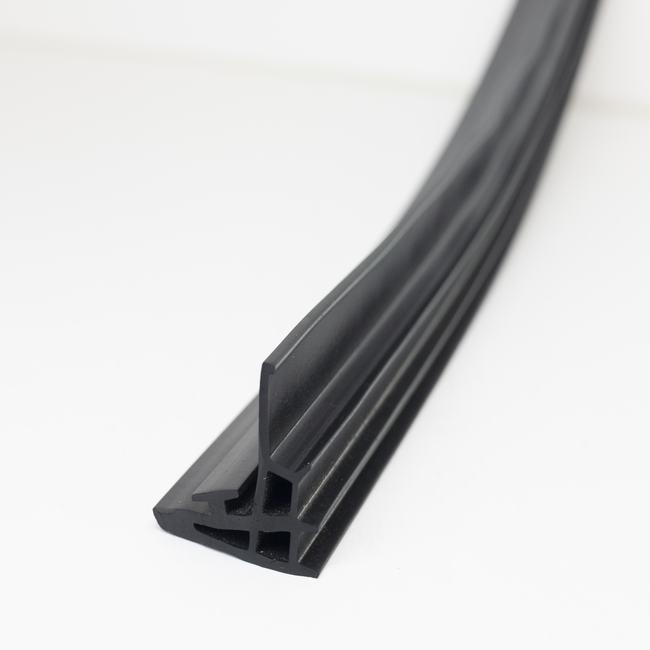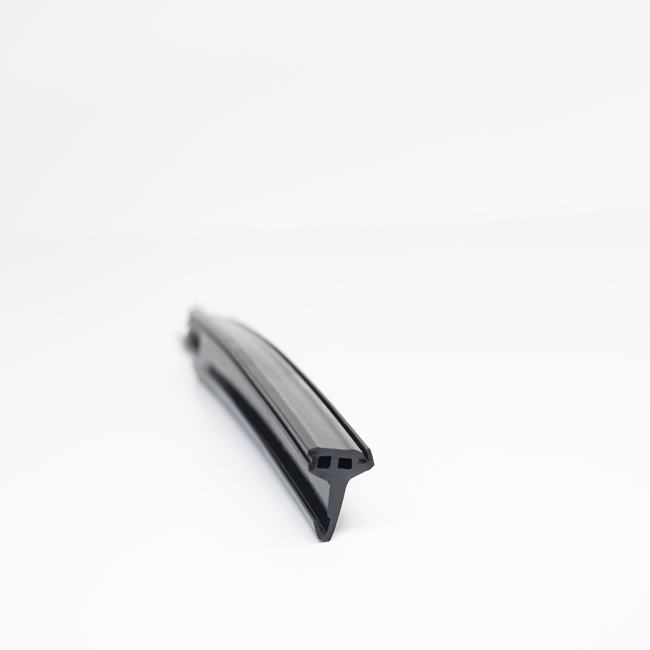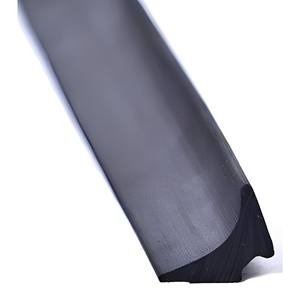Steel door seals, also known as door gaskets, weatherstripping, or door sweeps, are essential components used in the construction and maintenance of doors, primarily those made of steel or other materials, to enhance their performance, energy efficiency, and security. These seals play a critical role in ensuring that doors provide effective insulation, weather resistance, and protection against drafts, noise, and potential intrusion. In this comprehensive description, we’ll explore the various aspects of steel door seals, including their functions, types, materials, installation methods, and applications.
Functions of Steel Door Seals:
- Weatherproofing: Steel door seals are primarily designed to weatherproof doors, preventing the infiltration of rain, snow, wind, and dust. They create a barrier that ensures the interior of a building remains dry and comfortable.
- Energy Efficiency: Properly installed steel door seals can significantly improve a door’s energy efficiency by sealing gaps and preventing heat or cold air from escaping. This leads to reduced energy consumption and lower utility bills.
- Sound Insulation: Steel door seals help to minimize the transmission of sound, providing a quieter and more comfortable indoor environment. This is particularly important in residential and commercial buildings near busy streets, airports, or other noisy areas.
- Draft Protection: Door seals are effective at eliminating drafts, which can lead to discomfort and uneven temperatures within a building. They ensure that the indoor environment is consistent and comfortable.
- Security: Steel door seals can act as a deterrent to unauthorized entry. They make it more difficult for burglars to pry open doors or gain access through gaps.
Types of Steel Door Seals:
- Door Sweeps: These are strips of flexible material, often made of rubber or bristles, attached to the bottom of the door. They seal the gap between the door and the threshold, preventing drafts, pests, and debris from entering.
- Magnetic Seals: Magnetic door seals use magnets to create a tight seal along the edges of the door. They are particularly effective at keeping doors tightly closed and preventing drafts.
- Compression Seals: These seals use a compression mechanism to create a tight seal when the door is closed. They are often used on steel doors with a high degree of traffic.
- Adhesive Foam Tape: Foam tape with an adhesive backing is used to seal gaps around the door frame. It is easy to install and is a cost-effective solution for improving insulation.
- Door Gaskets: These are flexible strips that are attached to the door frame to seal the gap between the door and the frame when the door is closed. They come in various materials, including rubber and neoprene.
Materials Used:
Steel door seals can be made from a variety of materials, depending on their intended use:
- Rubber or Neoprene: These materials provide flexibility and durability, making them ideal for sealing gaps and preventing drafts.
- Aluminum or Stainless Steel: Metal door sweeps are used for added durability, especially in high-traffic areas.
- Vinyl: Vinyl door seals are often used for their weather resistance and durability in outdoor applications.
- Magnetic Strips: Magnetic door seals use magnetized strips to create a strong seal along the door edges.
Installation Methods:
Installing steel door seals can vary depending on the type, but generally involves the following steps:
- Measure and Cut: Measure the door and the areas that need sealing, then cut the seal material to the appropriate length.
- Attach Seal: Using adhesive or screws, attach the steel door seal to the door or frame. Follow the manufacturer’s instructions for the specific seal type.
- Adjustment: Ensure that the seal makes contact with the door frame or threshold when the door is closed. Adjust as needed to create a tight seal.
- Test: After installation, test the door to confirm that it closes securely and that there are no gaps or drafts.
Applications:
Steel door seals are used in a wide range of applications, including:
- Residential Doors: Used on exterior doors, garage doors, and interior doors to provide weatherproofing, insulation, and noise reduction.
- Commercial Buildings: Installed on entrances, fire doors, and access points to improve energy efficiency, security, and comfort.
- Industrial Facilities: Used on heavy-duty steel doors to seal against the elements and maintain temperature control in warehouses and factories.
- Hospitals and Laboratories: In areas where hygiene, cleanliness, and controlled environments are crucial, such as cleanrooms and isolation rooms.
- Aircraft Hangars: To prevent dust and debris from entering and to maintain temperature control within large hangar doors.
- Hospitals and Laboratories: In areas where hygiene, cleanliness, and controlled environments are crucial, such as cleanrooms and isolation rooms.
In summary, steel door seals are vital components in the construction and maintenance of doors, providing a range of benefits, including weatherproofing, energy efficiency, sound insulation, draft protection, and security. They come in various types and materials, catering to a wide array of applications across residential, commercial, and industrial settings, making them essential for ensuring the functionality and comfort of a variety of spaces.







